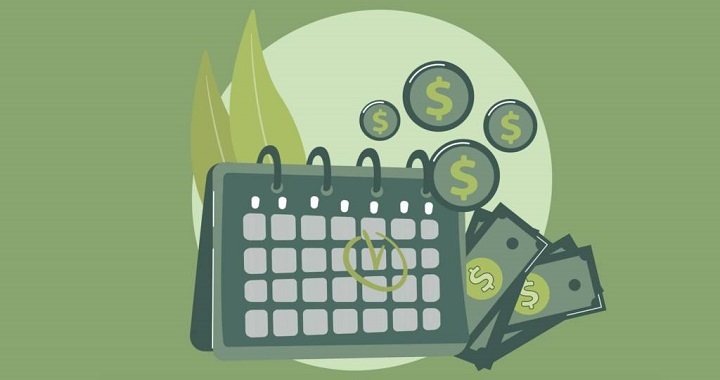How to Create a Budget You Can Actually Stick To

Creating a budget is a crucial step in managing your finances and achieving your financial goals. However, sticking to a budget can be challenging. Here are practical steps to help you create a budget you can actually stick to, ensuring you maintain financial discipline and achieve your goals.
1. Assess Your Income and Expenses:
Start by assessing your monthly income and expenses. Include all sources of income, such as your salary, freelance work, or side hustles. Next, track your expenses for a month to understand your spending habits. Categorize your expenses into fixed (rent, utilities, loan payments) and variable (groceries, entertainment, dining out).
2. Set Clear Financial Goals:
Having clear financial goals gives you a purpose for budgeting. Set short-term and long-term goals, such as paying off debt, building an emergency fund, saving for a vacation, or investing for retirement. Write down your goals and create a timeline for achieving them. Clear goals will motivate you to stick to your budget.
3. Choose a Budgeting Method:
Choose a budgeting method that suits your lifestyle and financial situation. Popular methods include:
- Zero-Based Budgeting: Allocate every dollar of your income to specific expenses, savings, or debt payments, ensuring your income minus expenses equals zero.
- 50/30/20 Rule: Allocate 50% of your income to needs, 30% to wants, and 20% to savings and debt repayment.
- Envelope System: Use cash envelopes for different spending categories to control your spending.
4. Create Your Budget:
Create your budget based on your chosen method. List your income sources and allocate funds to cover your fixed and variable expenses, savings, and debt repayments. Ensure your expenses do not exceed your income. If they do, look for areas where you can cut back.
5. Prioritize Essential Expenses:
Prioritize essential expenses such as housing, utilities, groceries, transportation, and debt payments. Ensure these expenses are covered first before allocating money to discretionary spending, such as entertainment and dining out. This helps you meet your basic needs and financial obligations.
6. Include Savings in Your Budget:
Make savings a non-negotiable part of your budget. Aim to save at least 20% of your income each month. Allocate funds to an emergency fund, retirement accounts, and other savings goals. Automate your savings by setting up automatic transfers to your savings accounts to ensure consistency.
7. Track Your Spending:
Regularly track your spending to ensure you’re sticking to your budget. Use budgeting apps, spreadsheets, or a financial journal to record your expenses. Tracking your spending helps you identify areas where you may be overspending and make necessary adjustments.
8. Adjust Your Budget as Needed:
A budget is not set in stone. Review your budget regularly and make adjustments as needed. If you find certain categories consistently exceed their limits, reassess your allocations and make changes. Adjusting your budget ensures it remains realistic and achievable.
9. Avoid Impulse Purchases:
Impulse purchases can derail your budget. Avoid making spontaneous purchases by sticking to a shopping list and waiting 24 hours before buying non-essential items. This helps you make mindful spending decisions and stay within your budget.
10. Reward Yourself:
Reward yourself for sticking to your budget. Set aside a small amount of money for discretionary spending or treat yourself to something special when you reach a financial milestone. Rewards can motivate you to stay disciplined and committed to your budget.
11. Seek Accountability:
Share your budgeting goals with a trusted friend or family member. Having someone to hold you accountable can help you stay on track. Consider joining a financial support group or working with a financial advisor for additional guidance and motivation.
12. Practice Patience and Persistence:
Creating and sticking to a budget requires patience and persistence. It may take a few months to find a budgeting method that works for you and to adjust your spending habits. Stay committed to your goals and remember that financial discipline is a gradual process.
Conclusion:
Creating a budget you can actually stick to involves assessing your income and expenses, setting clear financial goals, and choosing a budgeting method that suits your lifestyle. Prioritize essential expenses, include savings in your budget, and track your spending regularly. Adjust your budget as needed, avoid impulse purchases, and reward yourself for sticking to your plan. Seek accountability and practice patience and persistence. By following these steps, you can create a realistic budget that helps you achieve your financial goals and maintain financial discipline.





